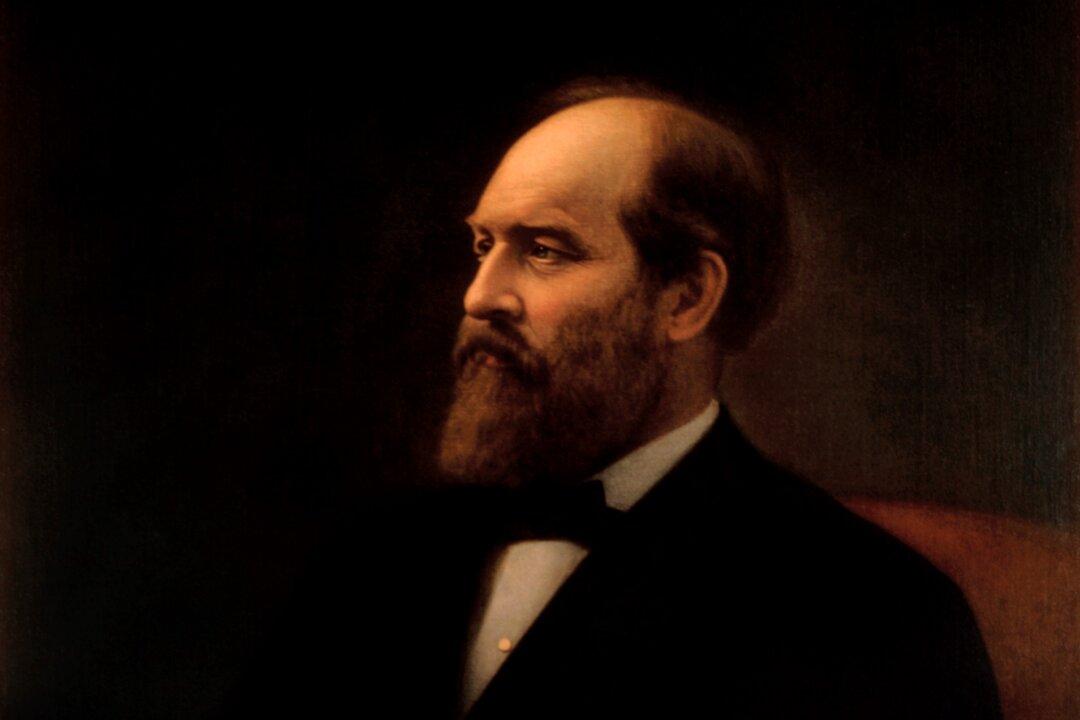James A. Garfield, the 20th president, only lasted 200 days in office before an assassin’s bullet ended his tenure. Aside from being fateful, his presidency may seem all but forgetful. This may be true. But there was a life that led to that presidency and the egregious moment on July 2, 1881; and it’s a life so tremendous and inspiring that its near-dissipation in the American memory is a disservice to modern Americans.
C.W. Goodyear has written a triumph of a biography on the great statesman, and indeed, he proves that Garfield deserves to be termed as such.






